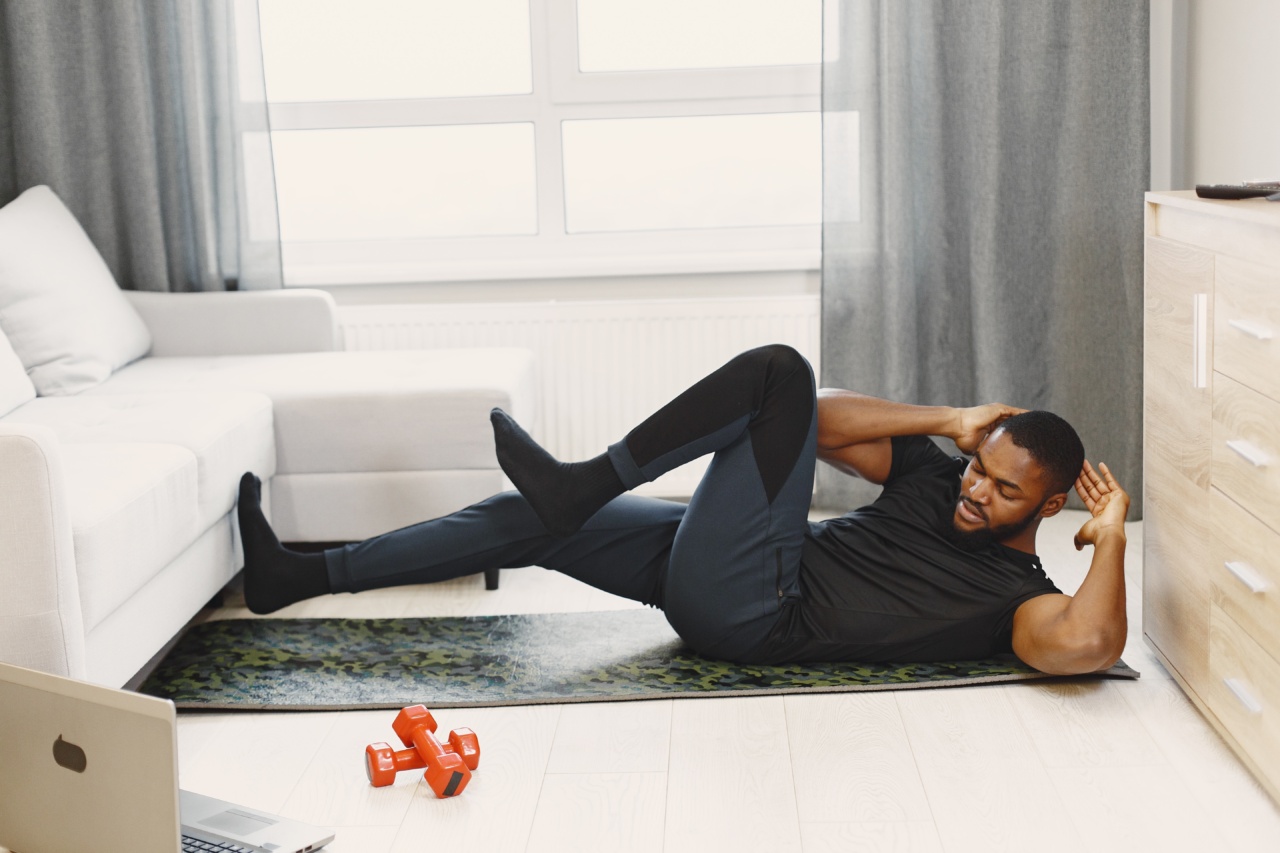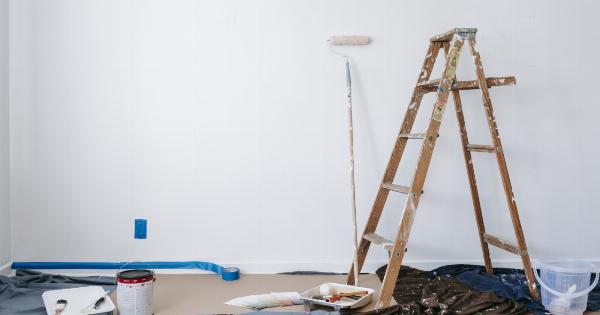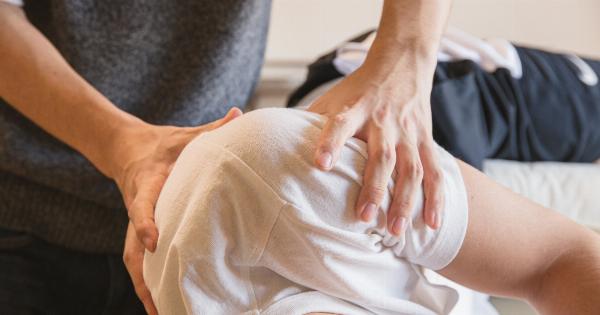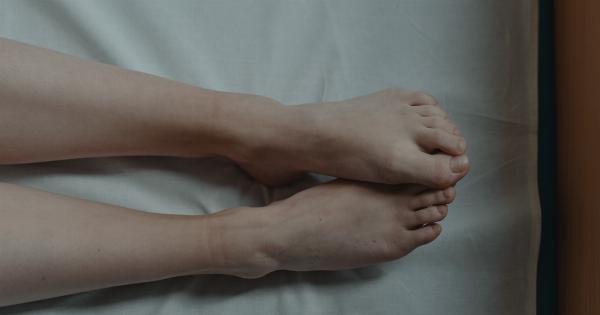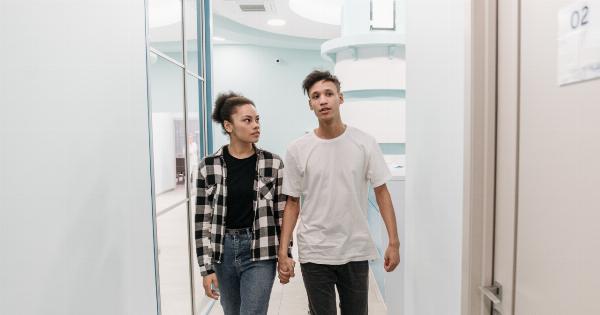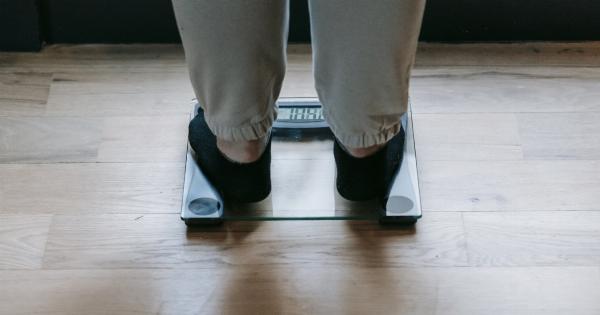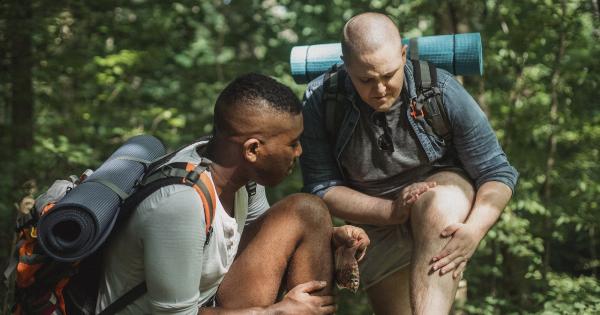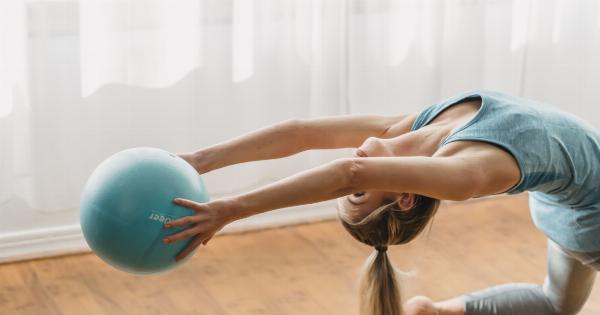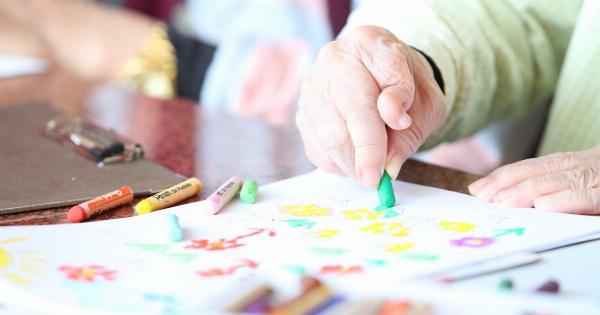Knee arthroplasty, or knee replacement surgery, is a major procedure that involves replacing the damaged and worn out parts of the knee joint with new and artificial ones.
This surgery is typically done to relieve pain and improve mobility in people with severe knee damage or arthritis.
Post-surgery, it’s important to follow your doctor’s instructions about when you can start exercising. Exercising too soon or too strenuously can cause damage to your new knee joint, and may lead to complications or hinder your recovery.
1. The Importance of Exercise After Knee Arthroplasty
While it may seem counterintuitive to move your new knee joint shortly after surgery, exercise is a vital part of the recovery process. Exercise helps to:.
- Strengthen the muscles around your knee joint, which can provide additional support and help prevent future injury.
- Reduce stiffness and improve your range of motion, which can help you perform daily activities with greater ease and comfort.
- Reduce pain and inflammation, which are common after surgery. Exercise can help release endorphins, natural painkillers that can help you feel better.
- Improve circulation and prevent blood clots, which are a potential risk after surgery.
2. Factors That Affect When You Can Start Exercising
While your doctor may provide general guidelines about when you can start exercising, there are a few factors that may affect your individual timeline. These include:.
- The type of surgery you had. There are several different types of knee arthroplasty, including partial knee replacement, total knee replacement, and revision knee replacement. The type of surgery you had may affect when you can start exercising and what kind of exercises you can do.
- Your overall health. If you have other underlying health conditions, such as heart disease or diabetes, you may need to wait longer before starting to exercise.
- The extent of your knee damage. If your knee damage was severe, you may need to wait longer before starting to exercise in order to allow your knee joint to fully heal.
- Your level of pain and discomfort. If you are still experiencing significant pain and discomfort, you may need to wait a bit longer before starting to exercise.
- Your individual progress. Your doctor may need to evaluate your individual progress in order to determine when you can start exercising.
3. Exercises to Do After Knee Arthroplasty
Once your doctor has cleared you to start exercising, there are several exercises you can do to help you recover and strengthen your knee joint. These include:.
A. Range-of-Motion Exercises
Range-of-motion exercises involve moving your knee joint through its full range-of-motion in order to improve flexibility and reduce stiffness. These exercises may include:.
- Straight-leg raises
- Heel slides
- Knee flexion exercises
- Knee extension exercises
B. Strengthening Exercises
Strengthening exercises help to improve the strength of the muscles around your knee joint, which can help provide additional support and stability. These exercises may include:.
- Wall slides
- Step-ups
- Quadriceps sets
- Hamstring curls
C. Low-Impact Aerobic Exercises
Low-impact aerobic exercises, such as walking, cycling, and swimming, can help improve your overall fitness and reduce your risk of future injury.
These exercises are typically easier on your knee joint than high-impact exercises, such as running or jumping.
D. Physical Therapy
Your doctor may also recommend physical therapy to help you recover after knee arthroplasty. Physical therapy typically involves a customized exercise program designed to meet your individual needs and goals.
It may also involve massage, ultrasound, or other modalities to help reduce pain and inflammation.
4. Exercises to Avoid After Knee Arthroplasty
While exercise is important after knee arthroplasty, there are certain exercises you should avoid in order to prevent injury to your new knee joint. These include:.
- High-impact exercises, such as running or jumping
- Deep squats or lunges
- High-knee exercises
- Twisting exercises, such as those done in aerobics or kickboxing
5. Tips to Help You Recover After Knee Arthroplasty
In addition to following your doctor’s instructions about exercise, there are a few tips that can help you recover more quickly and comfortably after knee arthroplasty. These include:.
- Stay hydrated by drinking plenty of water
- Eat a healthy, balanced diet to support your recovery
- Wear compression stockings or use a compression pump to reduce swelling and inflammation
- Elevate your leg to reduce swelling and improve circulation
- Attend all follow-up appointments with your doctor to monitor your progress and address any concerns
6. Conclusion
Knee arthroplasty is a major surgery that requires careful attention to your recovery and rehabilitation.
By following your doctor’s instructions about exercise and taking good care of yourself, you can help ensure a smoother, more successful recovery and return to your daily activities with greater ease and comfort.
